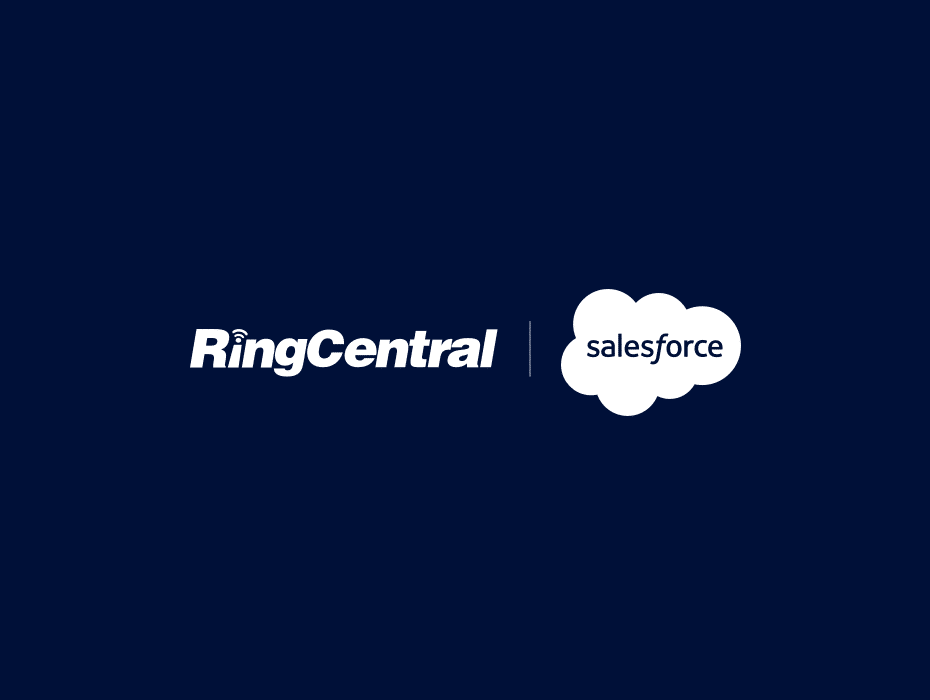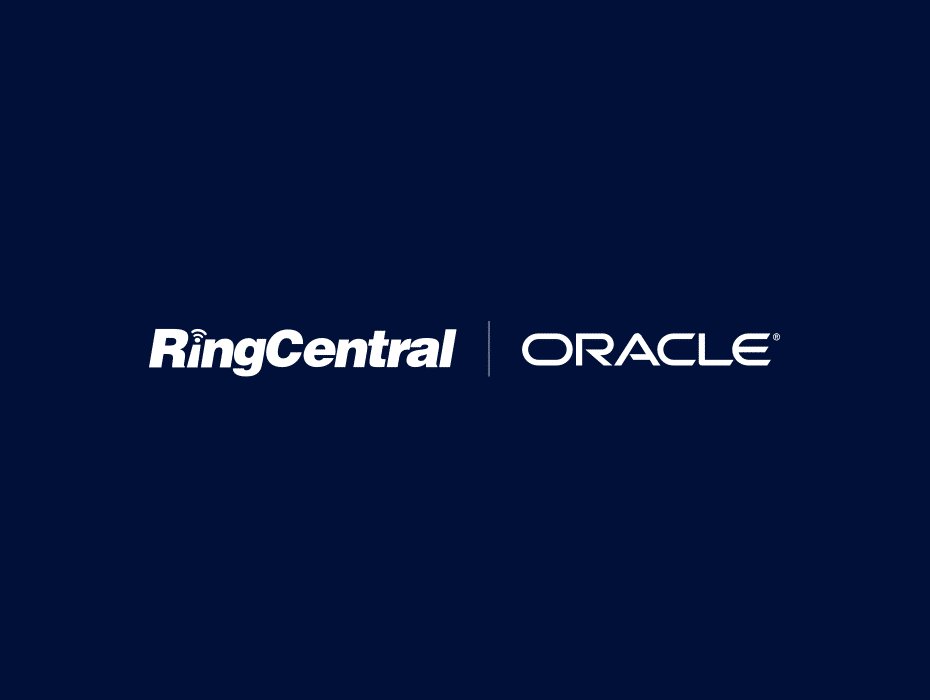Being successful in sales and marketing functions requires much more than just a winning pitch—it’s about being organized and having the follow-through to build business relationships from the pipeline stage through to renewals, addressing any customer concerns that may arise along the way. This is why customer relationship management (CRM) platforms such as Salesforce have become an essential business tool.
Salesforce is designed to unify all aspects of managing customer relationships, creating a single view of each customer that can be shared across departments. It compiles customer data across sources and channels to help teams deliver optimized communications and service while reducing information silos and other obstacles that often stand in the way. In other words, it’s designed to make workers’ lives easier by making the sharing of information more streamlined, efficient, and accessible, thereby improving customer service.
Salesforce and CRMs like it are prolific: 91% of companies with more than 10 employees have deployed a CRM system, with Salesforce among the most popular solutions in use.
But as effective as CRM software may be for coordinating information, it has its limits when it comes to execution, often requiring extensions and add-ons to fully manage the customer relationship. That’s why PC Magazine notes that if you’re using Salesforce or something like it, “making this information accessible for collaborative teams and piping it out to other business software solutions via smart integrations is the logical next step.”
With top market share, many businesses use Salesforce, which can be readily integrated with RingCentral. Bringing together these powerful business apps allows you to streamline and improve the act of communicating with customers and propel your relationships. Not only can this match save time—it can help you deliver better, faster, and more personalized customer experiences.
Here are five things you can do with the RingCentral for Salesforce integration.
1. Instantly access customer information
There’s a line you might remember from the old Tom Cruise movie Jerry Maguire: “You had me at hello.” The goal for all aspects of customer service should be no different: winning loyalty and positive sentiment right from the word go. But this requires fast familiarity with a customer’s history so agents can appropriately tailor messaging to each individual’s needs and preferences.
This is easier to plan for with outbound communications than inbound, which are, by nature, reactionary. But just because a customer calls you does not mean your representatives should be caught unprepared. When you connect Salesforce and RingCentral, incoming customer calls trigger an instant screen pop-up containing that individual’s full profile and data—so your teams have all the information at hand to deliver winning service.
2. Better insights into team performance
From how many calls your team makes to the average duration of those calls, as well as information such as inbound vs. outbound and communication type, the performance of customer-facing teams can tell you a lot about how satisfied people may be with your business—and where there’s room for improvement in your delivery. But this can be difficult data to compile and analyze, particularly if you’re using disparate communications tools. RingCentral for Salesforce provides users with easy-to-understand data on key service metrics by providing at-a-glance call and communication analytics right within your Salesforce dashboards.
3. Communicate from anywhere
Coronavirus fears and the rise of remote work have put call centers on life support. But in times of uncertainty, effective and seamless communications are more important than ever for maintaining customer confidence. RingCentral for Salesforce works from anywhere and is accessible from any browser on both Windows and Mac. It also works with both Salesforce Classic and Salesforce Lightning. This means no matter where your team is, connecting with customers remains a breeze.
4. Click to call
Locate customer profile. Review customer data. Find customer phone numbers. Open phone app. Call customer. If you’re using multiple platforms to manage customer information and communications, then you’re losing precious time undergoing multiple steps for each and every interaction. With RingCentral for Salesforce, you can connect with customers faster by simply clicking any phone number. You can also call or text directly from the Account, Contact, and Lead tabs in the Salesforce UI.
5. Serve more customers, faster
Average speed of answer and average talk time are among some of the most important metrics for those delivering customer service over the phone. But at their core, these and other indicators really boil down to one thing: velocity. Ultimately the goal is to deliver fast, high-quality service, and to do so for every customer in the queue. But the slower you are, the longer your customers’ needs go unmet, and the greater the potential for frustration and negative sentiment about your business.
Unfortunately, the technicalities of delivering customer service are at odds with this speed imperative. Calls must be assigned, and agents must find the right information to address each unique communication, among other potential bottlenecks. Available in beta for Salesforce Lighting, High Velocity Sales (HVS) helps your team keep up the pace by allowing reps to click to call right from their work queues and automatically providing the appropriate scripts for agents to follow.
Working at the speed of customers
Keeping customers happy means not only delivering a top-notch product. It also hinges upon your ability to address their unique needs and concerns without delay. But all too often, the disconnect between CRMs and communications platforms creates unnecessary lags and obstacles. RingCentral for Salesforce closes the loop on both sides of effective relationship management, helping you do more with your customer data.
Essential to RingCentral for Salesforce is RingCentral Office®, our unified communications solution that combines team messaging, video conferencing, and cloud phone into a single platform. With all your communication essentials under one roof, employees can seamlessly switch between messaging and calls without ever having to toggle or manage multiple apps. Combined with Salesforce, your teams have everything they need to streamline CRM and collaboration all in one place.
Learn more here at https://www.ringcentral.com/apps/ringcentral-salesforce.
Originally published Aug 10, 2020, updated Jan 16, 2024




